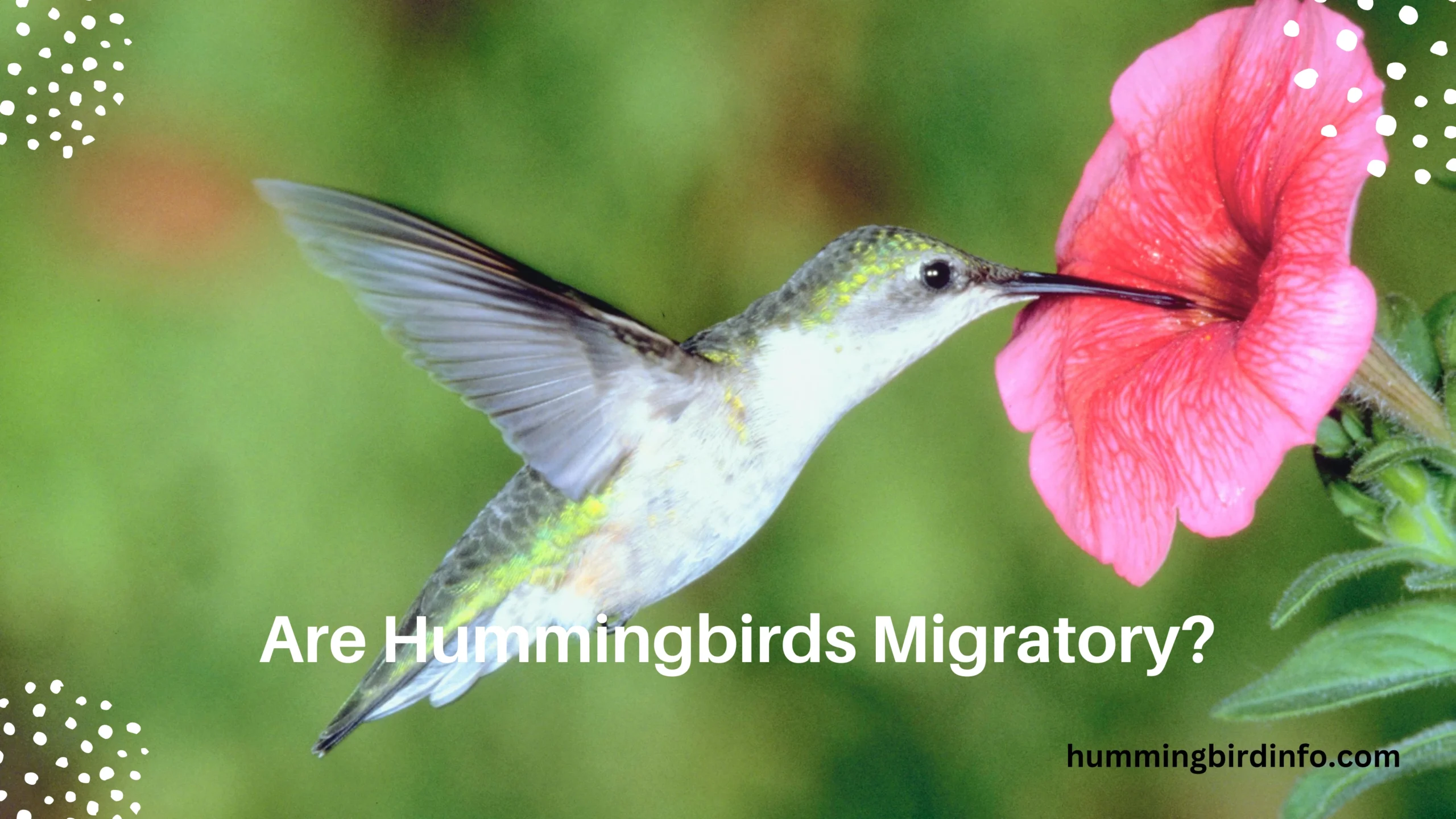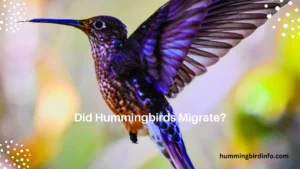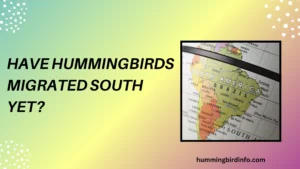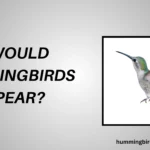It’s easy to assume that such tiny, delicate creatures like hummingbirds are bound to small patches of nature—but the reality is stunning. These jewel-like birds, some weighing less than a nickel, embark on epic journeys spanning thousands of miles each year.
Their wings beat rapidly, but their spirits soar even higher as they cross vast oceans, deserts, and mountains on a quest for survival.
Many people still believe in the old myth that hummingbirds hitch rides on the backs of geese during migration. While that image is charming, it couldn’t be further from the truth. Hummingbirds rely on their own strength, stamina, and instinct to make their annual migrations—sometimes even crossing the Gulf of Mexico in a single flight.
This article explores the migratory behavior of hummingbirds—why they migrate, where they go, and how they survive such harsh and demanding journeys.
You’ll also learn about the physiological changes, navigation methods, and the many challenges they face along the way. By the end, you’ll see these tiny birds as powerful symbols of resilience, adaptation, and wonder.
Contents
Why Hummingbirds Migrate
Migration is not a luxury—it’s a matter of survival for hummingbirds. Their main food source, nectar, is only available when flowers are blooming, which changes with the seasons.
These birds are sensitive to temperature changes, and even a mild frost can eliminate their food supply. Their high-energy lifestyle needs constant access to calories.
Migration also leads them to ideal breeding grounds. By flying north in the spring, they find more abundant resources and less competition, making it easier to raise their young.
Migration Routes and Patterns
The Ruby-throated Hummingbird travels from the eastern U.S. to Central America, often flying nonstop over the Gulf of Mexico for up to 500 miles. This happens in both spring and fall.
The Rufous Hummingbird has one of the longest migrations relative to its size—traveling from Alaska and Canada to Mexico in a clockwise loop.
Other species like the Black-chinned, Calliope, and Allen’s Hummingbirds also migrate, each following unique paths based on their specific needs and locations.
Some hummingbirds, like Anna’s Hummingbird, don’t migrate at all. These year-round residents live in areas with mild climates and steady food availability.
The Physiology of Migration
Before migration, hummingbirds go through hyperphagia, a period of intense eating where they double their body weight in fat.
Their bodies undergo metabolic shifts, allowing them to burn fat efficiently during long flights. They become lean, energy-efficient flying machines.
They also have specialized flight mechanics. Their wings rotate in a full circle, giving them the ability to hover, dart, and fly backward, all while conserving energy.
Hummingbirds need to maintain hydration, too. They get water from nectar and also from dew, rain, and other sources along their route.
Triggers and Timing of Migration
Daylight hours (called photoperiod) are the main trigger for migration. As the days shorten or lengthen, hummingbirds know it’s time to move.
Hormones kick in and stimulate changes in behavior and fat storage, prompting the urge to migrate even before food becomes scarce.
Though less significant, weather and food also play a role. A drop in temperature or a sudden lack of blooms can push them to begin their journey.
Challenges and Threats During Migration
Predators such as hawks, praying mantises, and domestic cats can catch hummingbirds mid-flight or during resting periods.
Habitat loss from urban development, agriculture, and deforestation removes vital feeding and resting spots along their migratory paths.
Sudden storms, strong headwinds, or rapid changes in temperature can drain their energy and cause migratory failure.
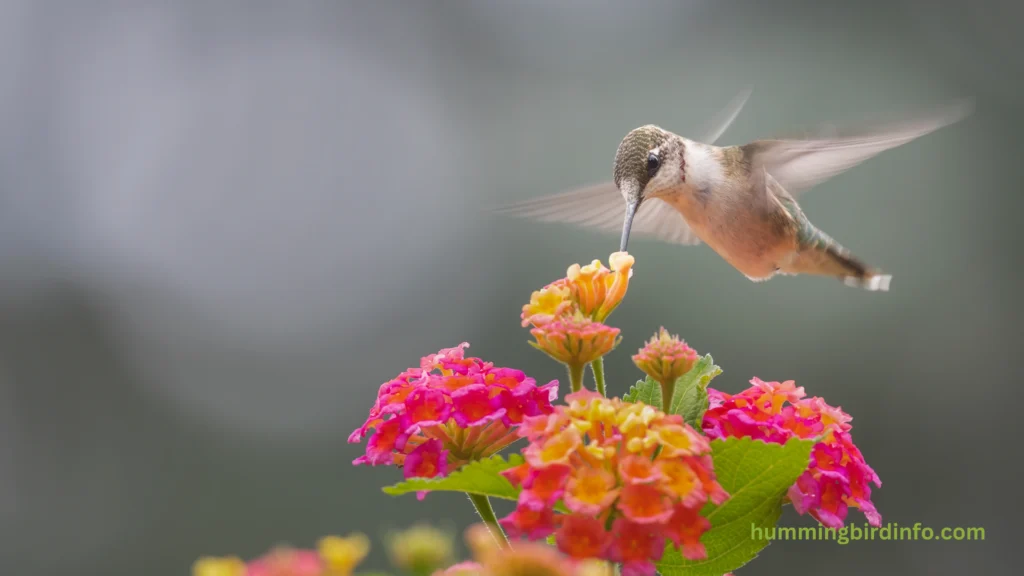
They also face manmade threats like windows, tall buildings, and power lines, which can lead to fatal collisions during high-speed flights.
Climate change disrupts bloom schedules, leading to mismatches between the birds’ arrival and the availability of nectar-rich flowers.
Conclusion
Despite their small size, hummingbirds undertake one of the most demanding migrations in the animal kingdom. These tiny travelers rely on a mix of biological precision, memory, and instinct to complete their journeys.
Their bodies are uniquely adapted to the task, capable of enduring vast distances and storing just enough fat to keep them airborne for hours at a time.
But their journey isn’t without risks. As we expand cities and alter ecosystems, their flight becomes increasingly perilous. By planting native flowers and preserving natural spaces, we can help them survive and thrive.
Hummingbird migration is more than just a marvel of nature—it’s a powerful reminder of resilience and endurance. It’s a story of how even the smallest creatures can accomplish the most extraordinary feats.
FAQs
1. Are all hummingbirds migratory?
No, not all hummingbirds migrate. Some, like Anna’s Hummingbird, stay in one place year-round if the climate is warm and food is available.
2. How far can hummingbirds migrate?
Some hummingbirds travel up to 2,000 miles during migration. The Rufous Hummingbird is known for one of the longest migrations relative to its size.
3. Do hummingbirds really fly across the Gulf of Mexico?
Yes, the Ruby-throated Hummingbird can fly nonstop over the Gulf, a journey that can last up to 20 hours without rest.
4. When do hummingbirds migrate?
Most species migrate north in spring (March–May) and south in fall (August–October), depending on species and location.
5. What triggers hummingbird migration?
Migration is triggered mainly by changes in daylight (photoperiod), followed by hormonal changes, and then factors like weather and food supply.
6. Do hummingbirds migrate in flocks?
No, they usually migrate alone. Each bird follows its own instinct and timing, often based on individual fat stores and environmental cues.

